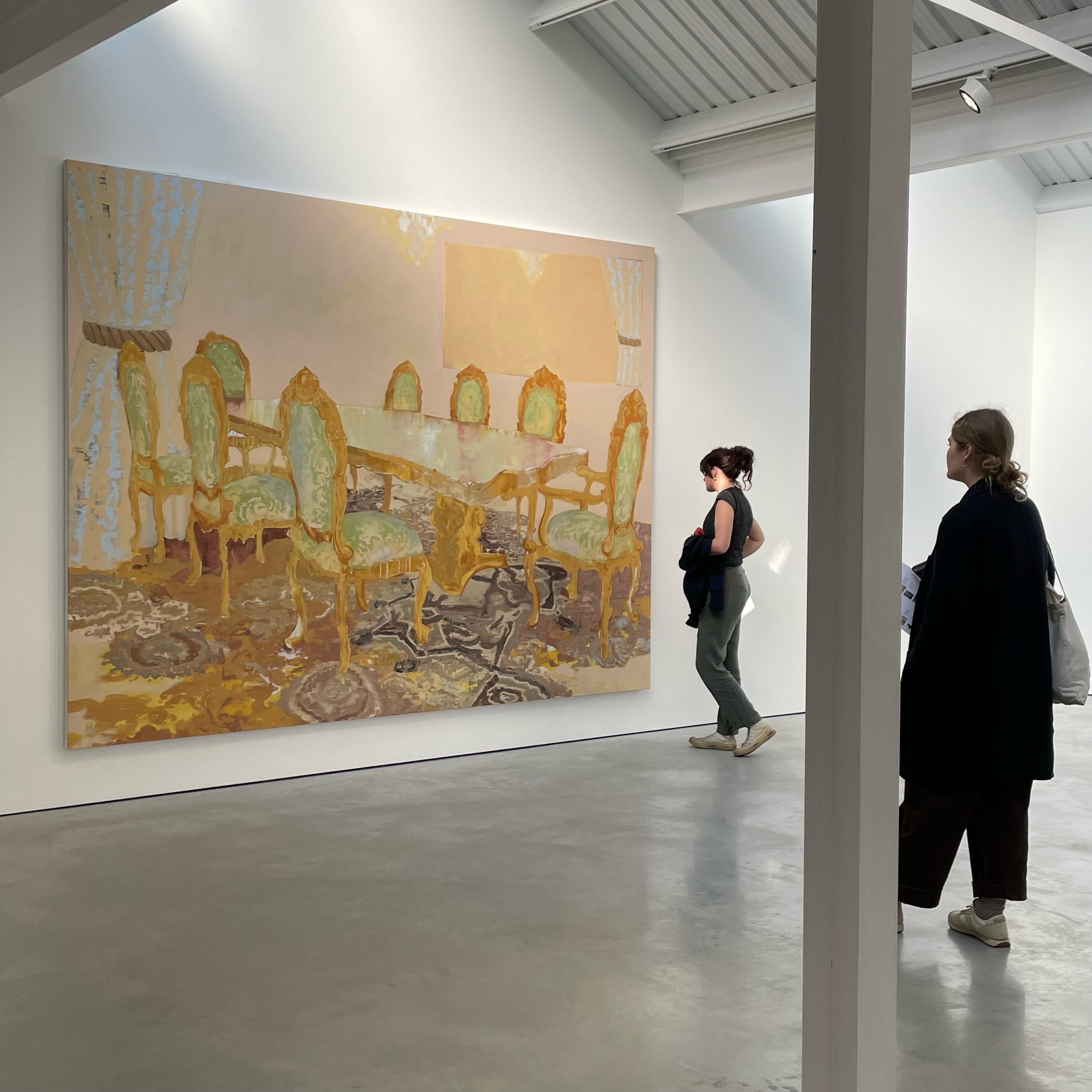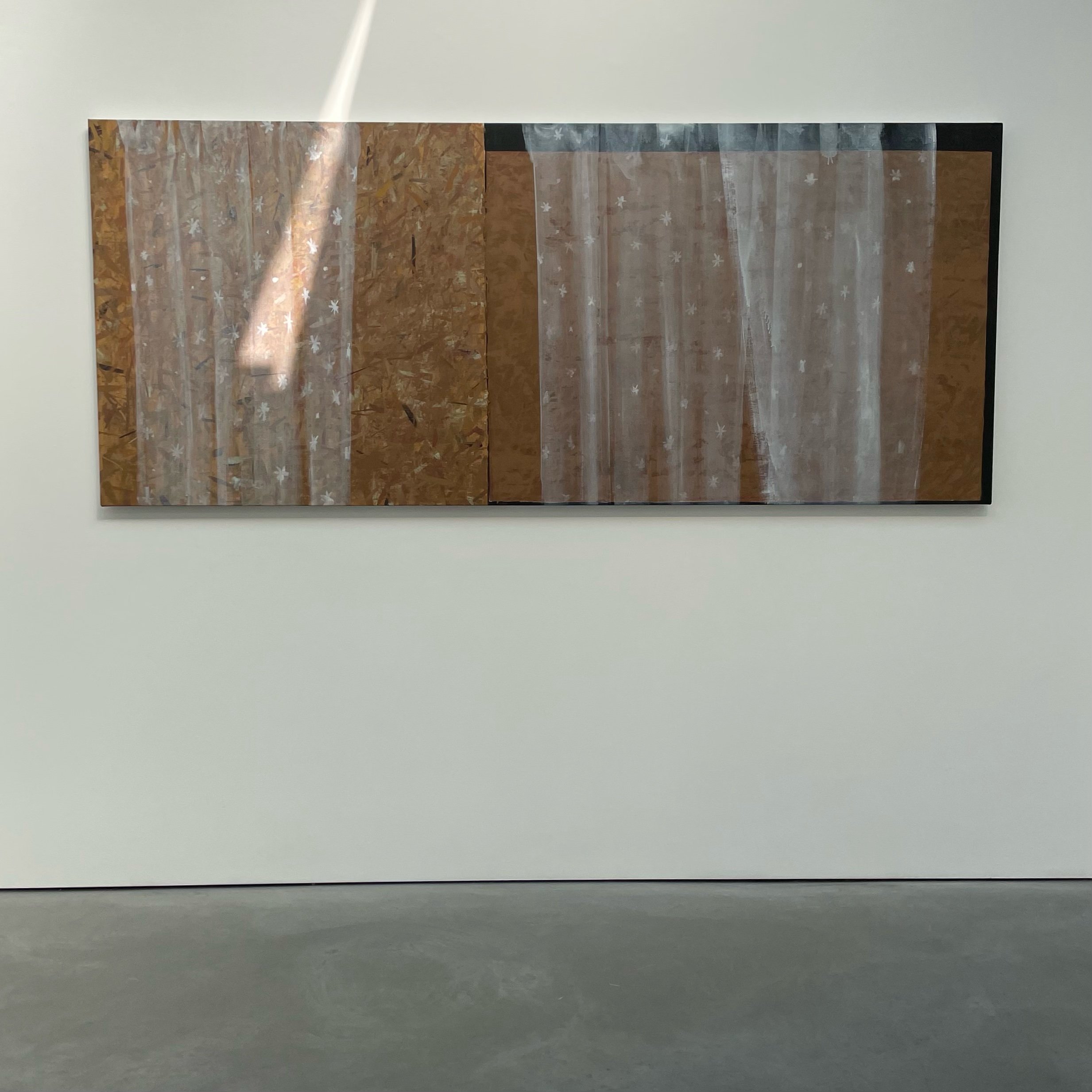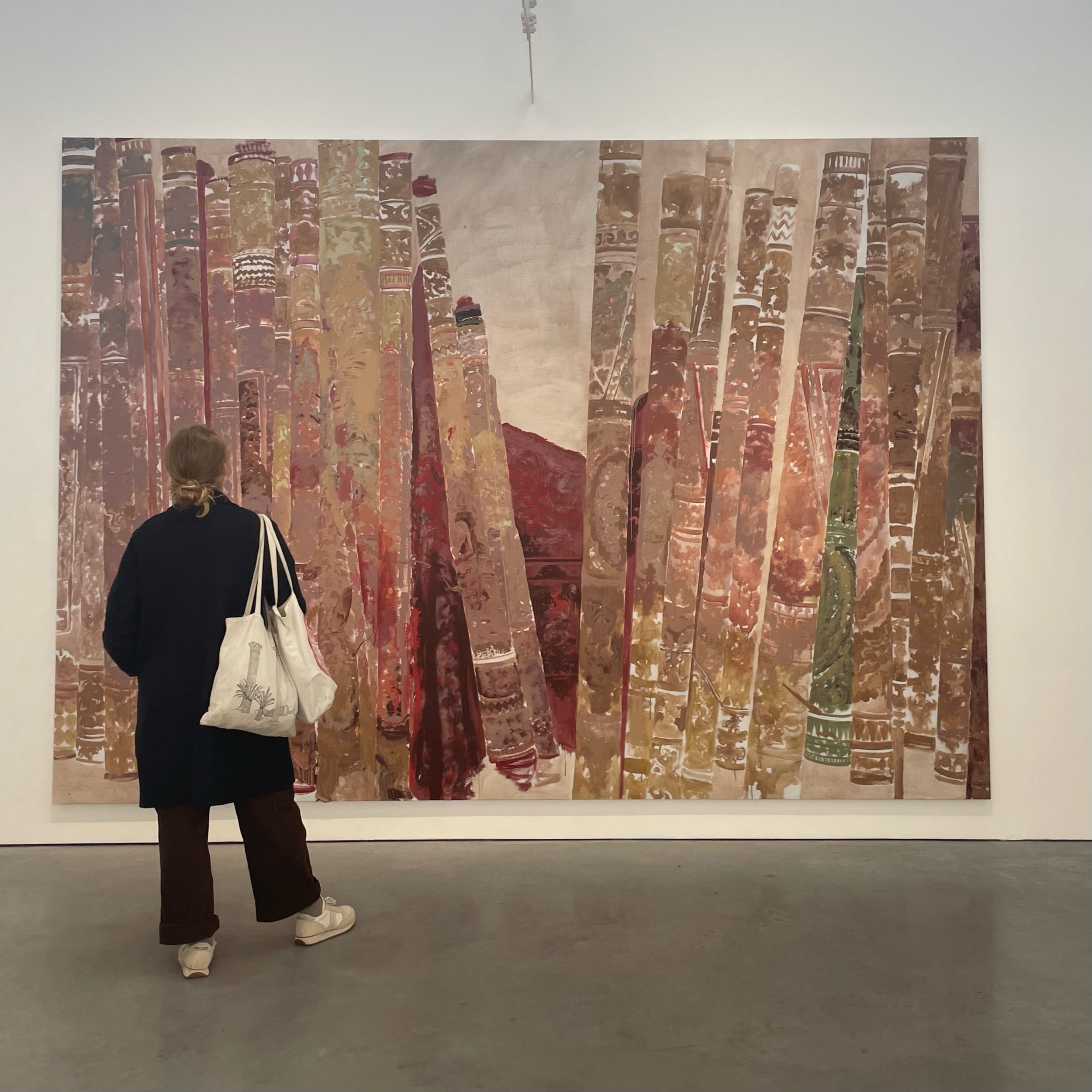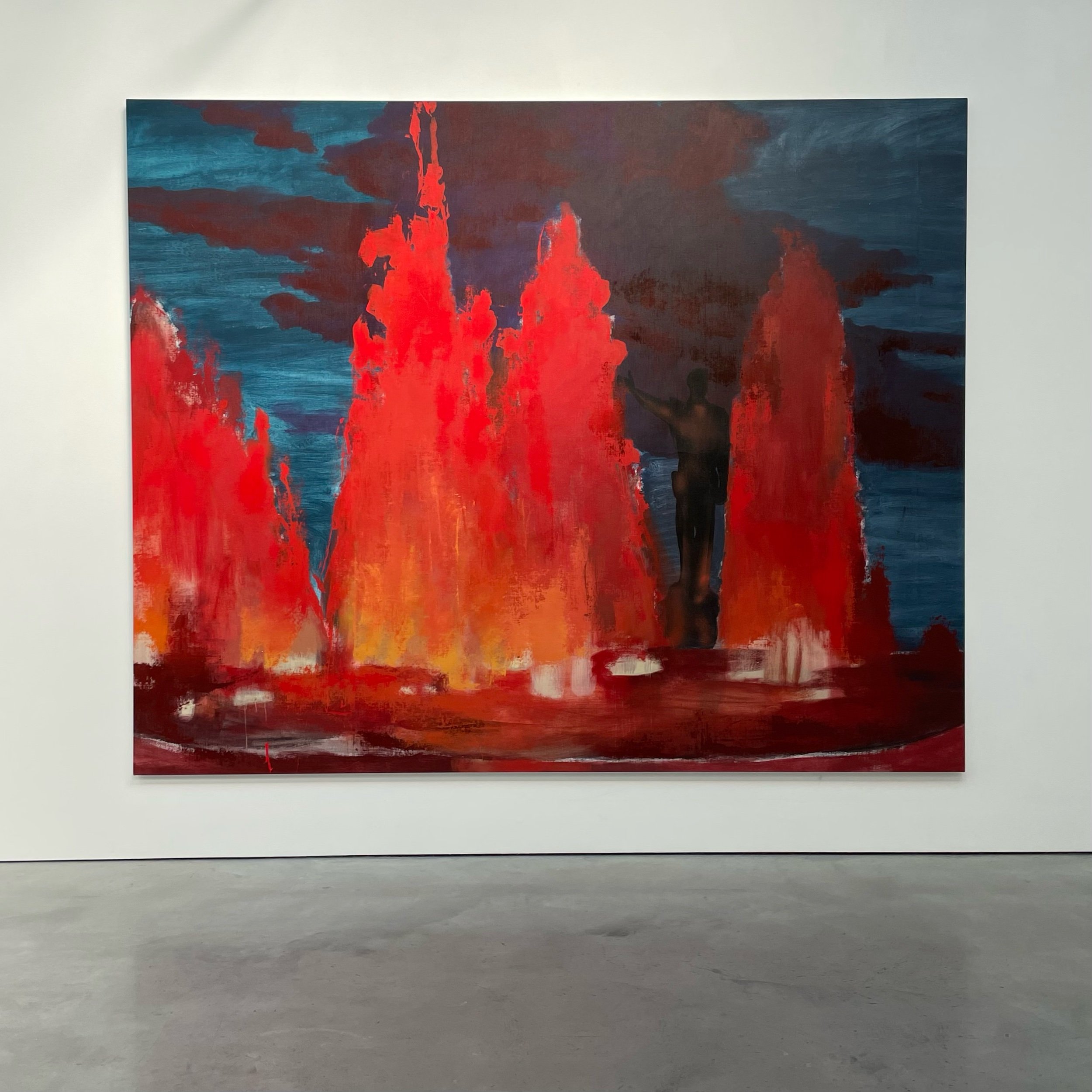Mohammed Sami




Trousers hung on a wall. Sheer curtains hung over plywood. An empty dining room table surrounded by ornate chairs.
Maybe you’ll stop to look, but there’s not that much to see. Very carefully framed images, sometimes almost banal in what little they show, are like fragments of a memory. It’s never entirely clear what you’re looking at. Maybe that’s why so much has been written about his exquisite textures. To truly appreciate the works of Mohammed Sami you need to dig deeper.
Sami emigrated to Sweden as a refugee, and eventually found his way to London in pursuit of an MFA. But he was born in Baghdad in 1984, meaning his development as both an artist and a young man began in the shadows of the Iraq war.
When you know this, his works take on new meaning. Even if you don’t, his titles are the clues that transform seemingly innocuous imagery into something much more chilling and thought provoking.
The trousers are titled “Abu Ghraib”. The empty dining table is named “The Execution Room”. And those carefully embroidered net curtains decorating plywood boarded windows imply something much more harrowing when it’s called “23 Years of Night”.
These are loaded phrases. Intentionally so. They draw you in and make you want to know more. Without knowing them, the impact of these works is arguably lessened. Whether or not that’s a good thing is a debate for another day. Art isn’t always easy, nor is it supposed to be. At the very least, it’s helpful to know when it’s not. Sami is an artist that challenges and rewards you with a little extra research.
At Modern Art (@stuartshavemodernart) until 07 May
Visit https://www.mohammedsami.com and check out this recent Guardian profile for more information about the artist.
